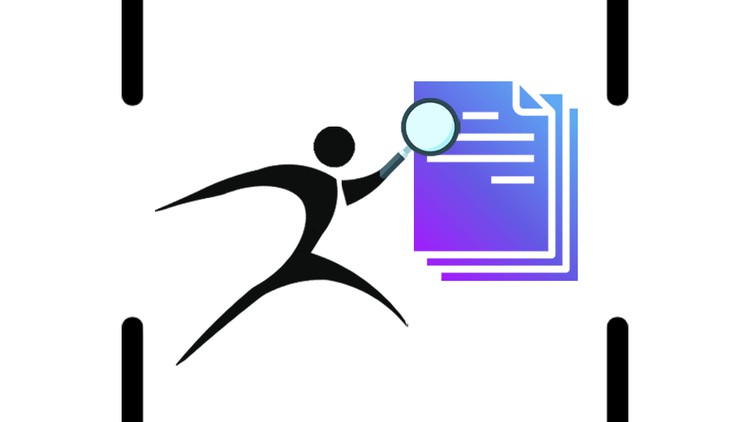
Understanding and Implementing OCR Techniques with Real-world Applications
What you will learn
Understand the basic concepts of Optical Character Recognition
Walk through the steps in OCR and different types of methods available for each step
Understand how Computer Vision, Machine Learning and Deep-learning techniques are applied for OCR
Have hands-on walk-through for each concept
Description
This course provides a comprehensive, hands-on introduction to the field of Optical Character Recognition (OCR). Aimed at students and professionals with a foundational knowledge of computer science and basic programming skills, this course offers an in-depth exploration of the principles, techniques, and applications of OCR technology.
The curriculum begins with a brief history and overview of OCR, where learners will gain insight into how the field has evolved over time. Participants will then delve into the core techniques used in OCR, such as image pre-processing, binarization, segmentation, feature extraction, and character recognition. The course also incorporates detailed explanations of various machine learning and deep learning models used in contemporary OCR systems, such as Convolutional Neural Networks (CNNs) and Recurrent Neural Networks (RNNs).
Participants will have opportunities to apply these concepts in practical, hands-on labs where they will develop their own basic OCR systems. These lab exercises will cover various real-world applications, such as document digitization, automatic license plate recognition, and handwriting recognition. They will also learn how to use popular OCR tools and libraries, such as Tesseract and Pytesseract.
The course also addresses challenges faced in OCR such as handling noise in images, dealing with different fonts and sizes, recognizing cursive handwriting, and understanding the implications of these challenges on OCR accuracy.
By the end of the course, participants will have a solid understanding of the principles and methodologies used in OCR. They will have developed the skills necessary to implement, optimize, and troubleshoot OCR systems, and will be equipped with the knowledge to explore more advanced topics in the field.
Course Prerequisites: This course assumes familiarity with basic computer science principles and programming, particularly in Python. Prior knowledge of machine learning concepts will be beneficial but is not required. All necessary mathematical concepts will be reviewed as part of the course material.
Content